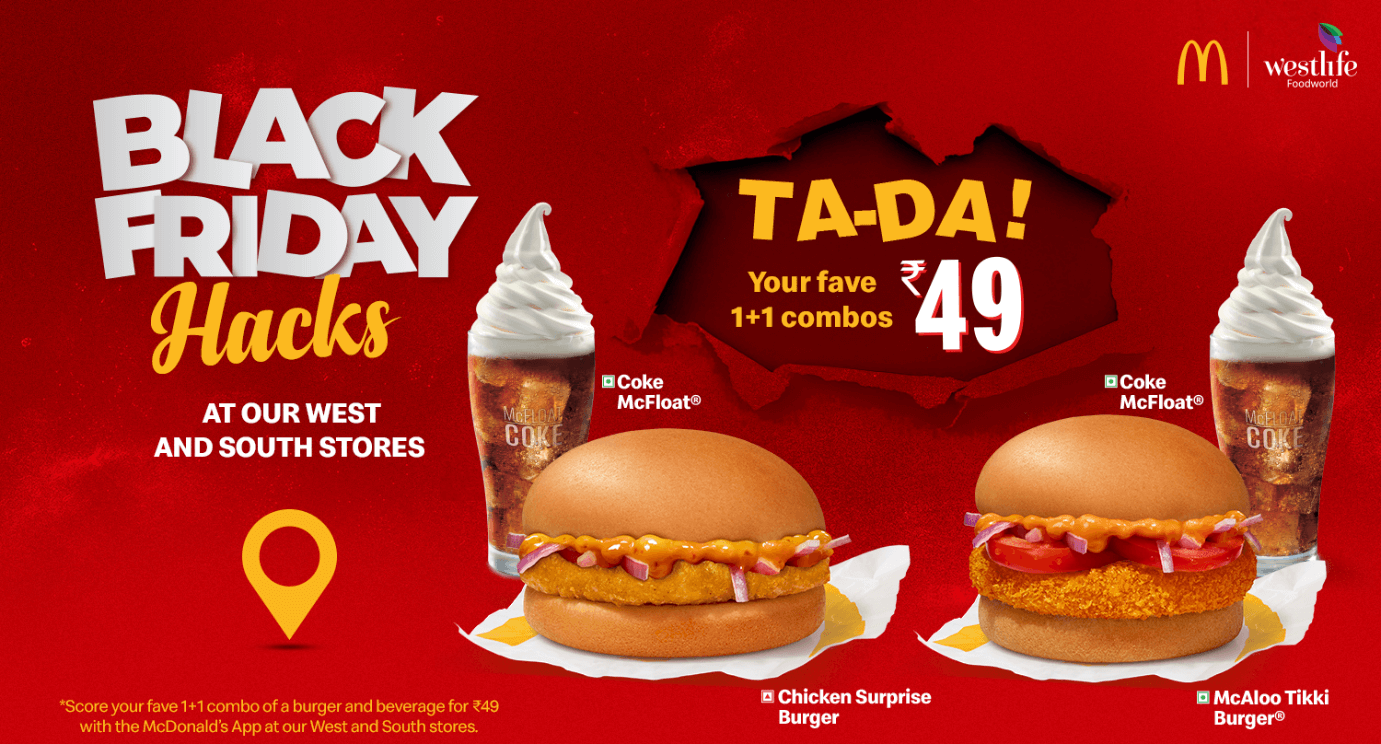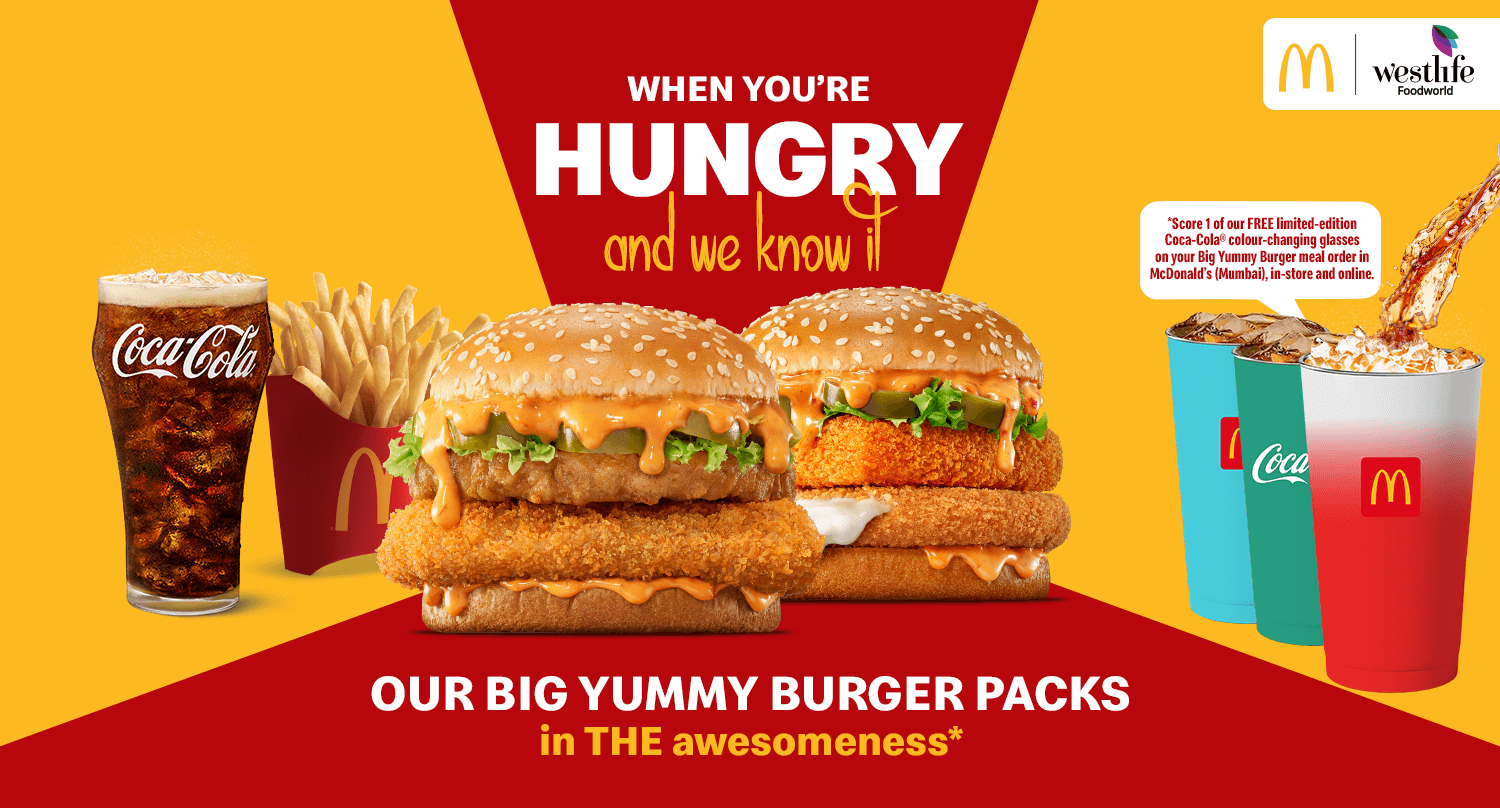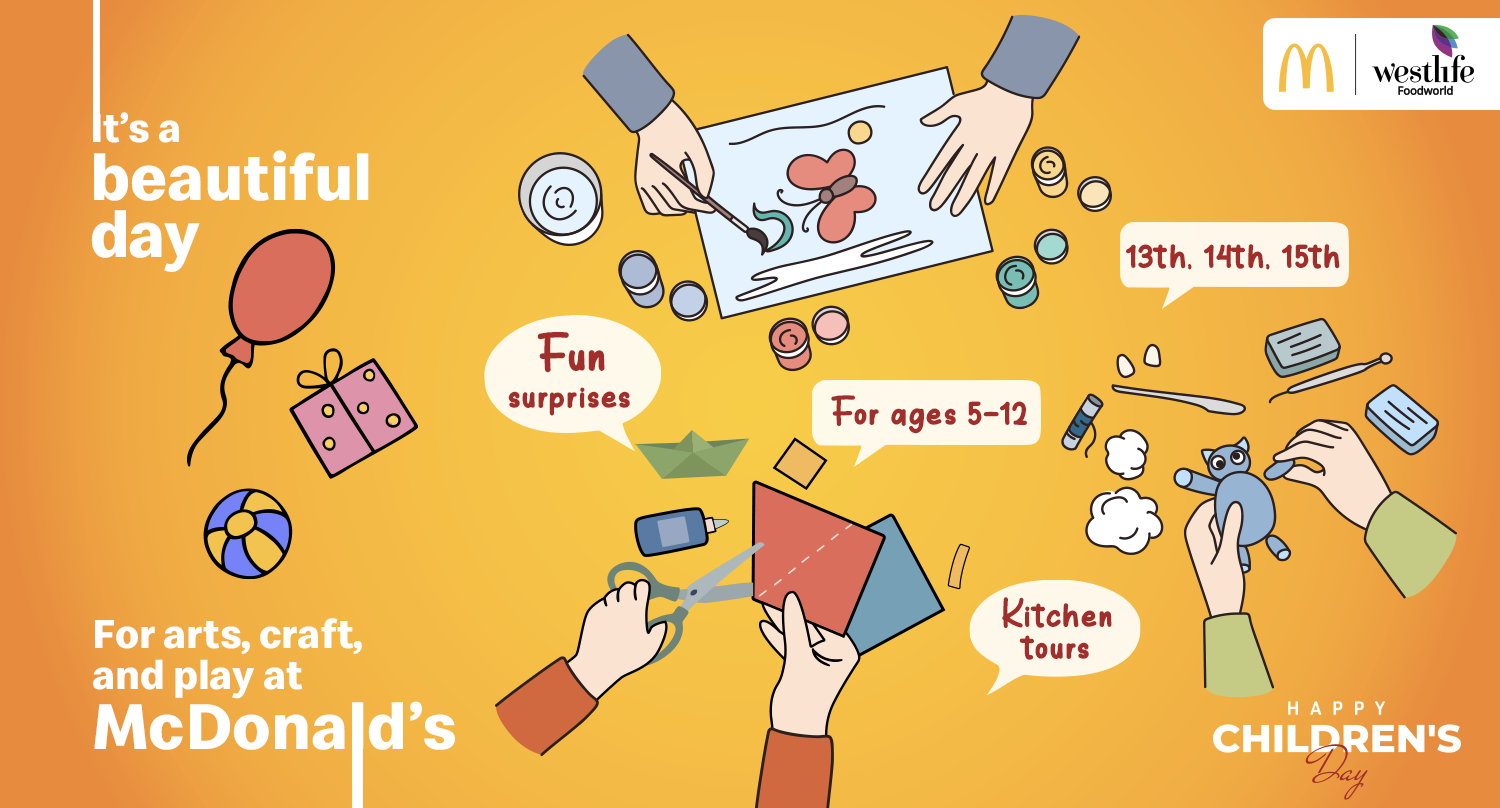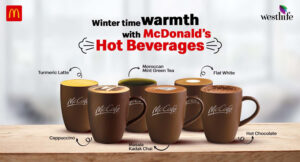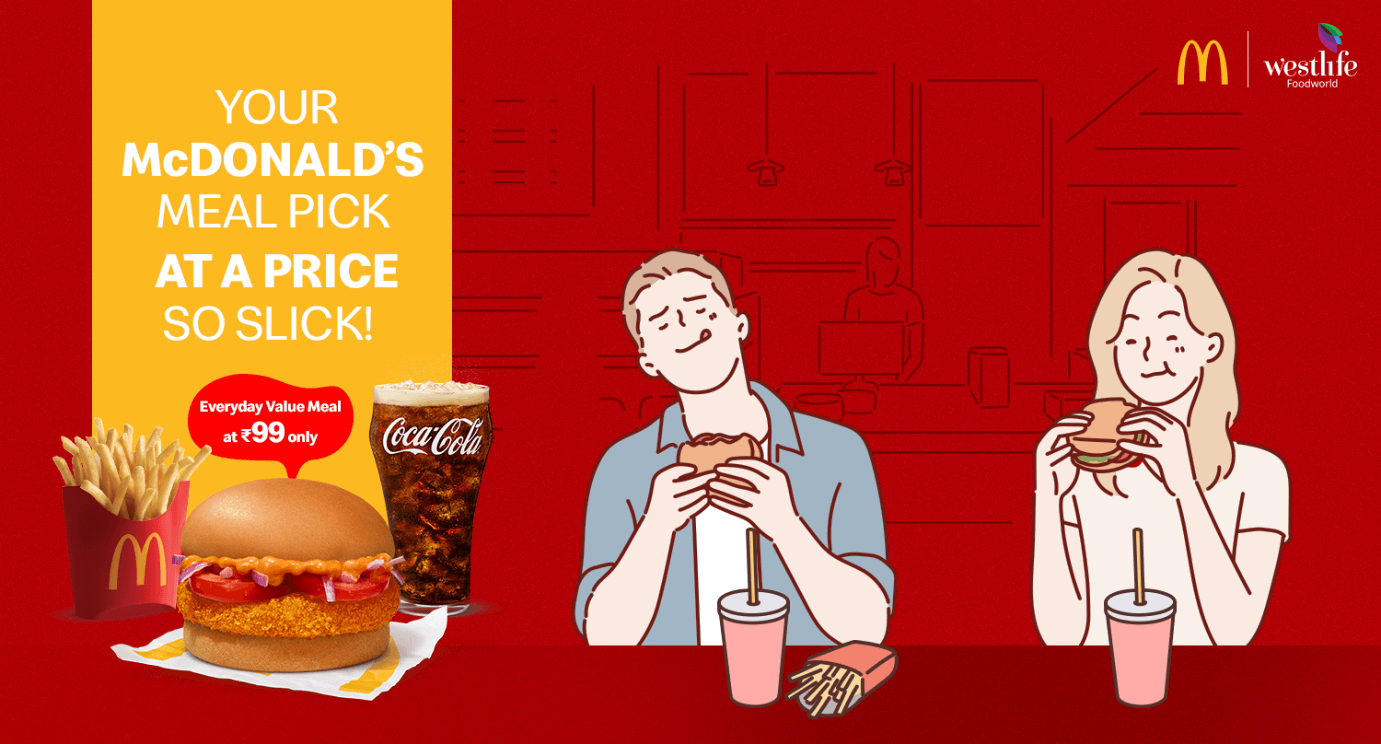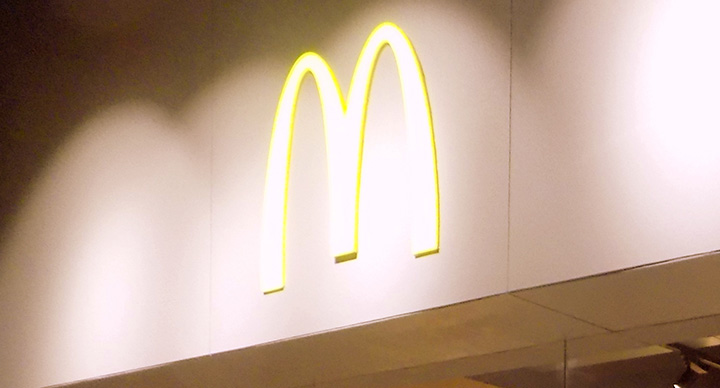
McDonald’s India (West & South) has been blazing a trail in the Quick Service Restaurant space over the past 21 years, starting from a situation where there was no supply chain, to creating one, setting it up to international standards. Today, McDonald’s India (West & South) is a force to reckon with, with 245 restaurants across 33 cities in 10 states of India, and a plan to take the restaurant footprint to 450-500 by 2022.
Flashback 1996
It was far from easy 21 years ago when Amit Jatia, Vice-Chairman, Westlife Development Limited, the owner of Hardcastle Restaurants, took over the McDonald’s India (West & South) mantle. The Quick Service Restaurant was practically non-existent in India, as was the access to supply chain for local fresh ingredients like vegetables, lettuce, and chicken and top-quality machinery.
Therefore, the very first innovative thing done by Hardcastle Restaurants was to establish a supply chain from scratch even though it was far from cheap! Today, it is benefitting newer players in the field.
Separate Kitchens For Vegetarian, Non-Vegetarian Food
Sounds simple, right? But if one looks at the cost involved, having two kitchens may not seem like the best business decision. But for McDonald’s, it paid off in the long run because it helped to build trust amongst customers.
Ensuring Profitability Margins
By 2002, McDonald’s decided that it would have to do something bold to get better bottom-lines. Towards that, it offered the Happy Price Menu, which overnight brought in customers in great numbers. Good food that offers value for money, now who won’t like that?
Rethinking Menu
In 20 years, McDonald’s introduced innovative dishes like McAloo Tikki, Chicken McGrill, Chicken Maharaja Mac, to name a few. Then came the dessert kiosks, serving more than just ice-cream. Finally, the launch of McCafé, the specialty coffee outlet, in 2013, proved to be its best-seller. McDelivery and the McDonald’s App were other path blazers.
According to a report, the QSR market size today is pegged at Rs 9,125 crore and expected to grow at a CAGR of 22% between 2016 and 2021. Amit Jatia himself shared in a chat that to say that “the QSR business is billions of dollars and thousands of restaurants in India is not unrealistic.”
So, looks like there’s plenty of room for many players. Jatia himself told Forbes India in an interview that he likes competition. “If customers get more, the category grows. If there’s a McDonald’s and a KFC and a Pizza Hut and a Dominos in a single location, everybody does well.” But, he hastens to add, “McDonald’s told us if you don’t have a 10- to 12-year view, this is not the business for you.”



